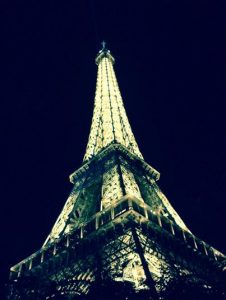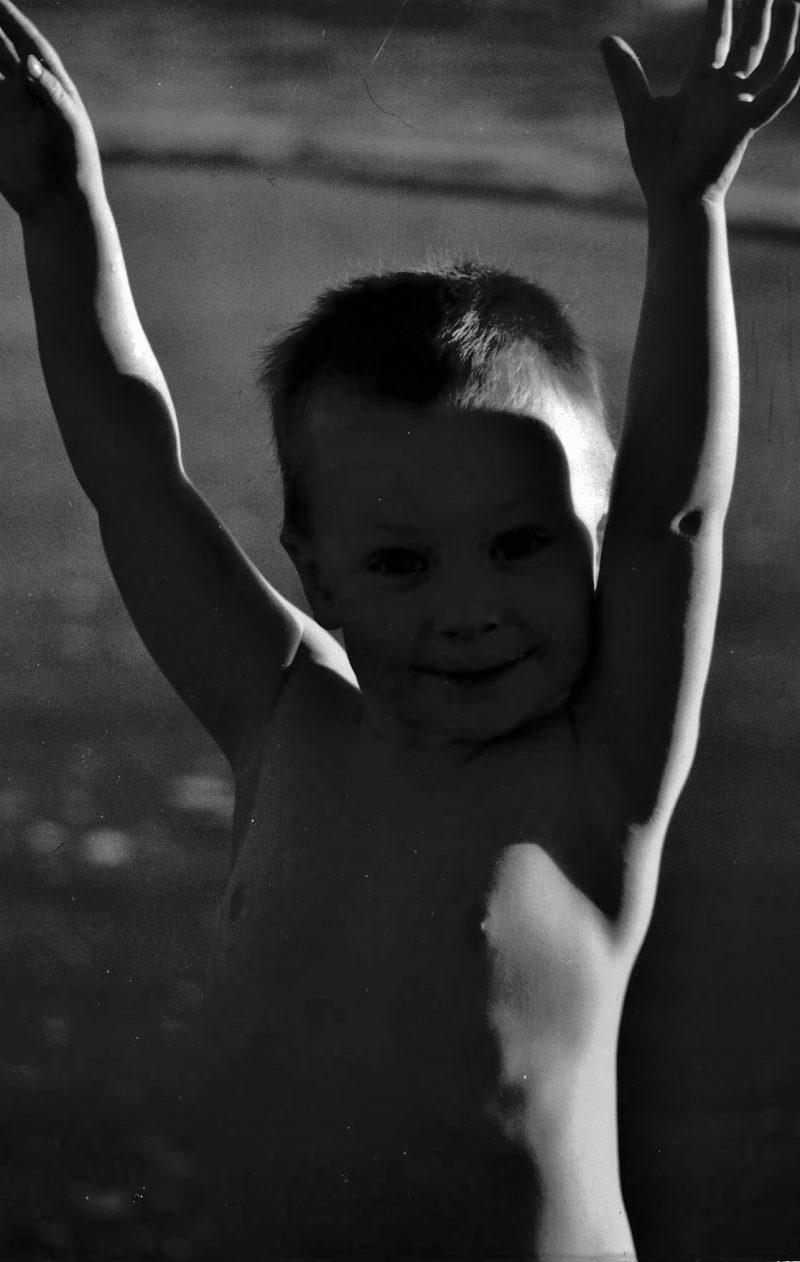 “Life beats down and crushes the soul and art reminds you that you have one.” – Stella Adler
“Life beats down and crushes the soul and art reminds you that you have one.” – Stella Adler
I spent the first ten days of November in the dark, enveloped in the swirl of the Denver Film Festival, embraced by the magic of movies. My head and heart were filled with the stories of the twenty or so films I’d seen: love stories, tales of triumph and redemption, documentaries and comedies to shine their light on our human foolishness. And there were lots of war stories: old wars, new wars and wars yet to come, each carrying the weight of “why” on their backs like a wounded soldier. By closing weekend the darkness had changed. Paris had been attacked and the world was in mourning once more. Grateful for the darkened theatre, the light as it hit the silver screen, and the gift of being swept from reality for a brief span of time.
Life has always been brutal; it’s that now we have Twitter. Throughout history when tragedy strikes, by the hands of man or the slap of Mother Nature, we have managed to plod on. We survive, sometimes little more. Healing is a matter of time and the feeling of putting the pieces back together. The leaden feeling lifts and we go on… but how do we make sense of the senseless? Our leaders offer condolences, pledges of support and election year rhetoric. Our pulpits offer duality and confusion as we struggle with loving our enemy. Where do we turn for guidance?
Look to your artists.
Mankind is complex, humanity, elusive; we search for certainty when “the center cannot hold”. We blame, strive to right the world, to get back to normal knowing nothing is certain and there is no normal. Art has no normal. It has no answers. You can rearrange the pieces as you put them back together, creating something new the world has never seen. Artists give us what the 24 hour news channels don’t even dream of; context. After the films were over I was left with nothing but an empty feeling, inundated with the 24 hour news I’d been watching for 48 hours. I switched the channel and there it was, a movie of war and triumph and the power each one of us has on the life of another. The film was Life is Beautiful, and it was.
“There’s a moment during every single festival that I love the most, it’s that moment after the speeches on opening night and the anticipation of that first flicker of the image, where it’s a frame no longer and the first story we’ve chosen finally begins.” Britta Erickson, Festival Director Denver Film Society







